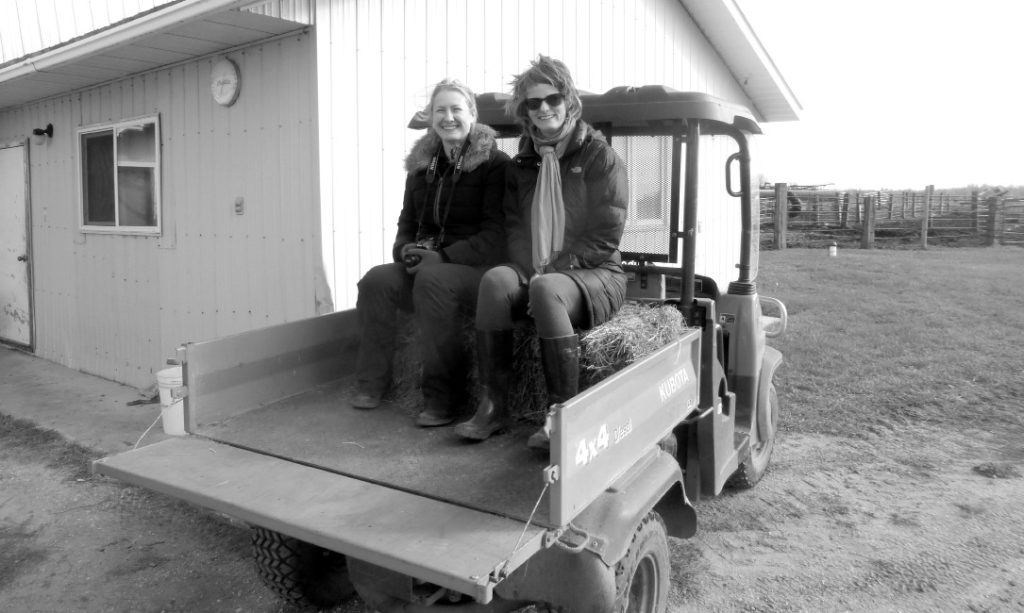Notes from the Editor
Aileen Friesen
With great excitement, I start my tenure as editor of Preservings and as the Executive Director of the D. F. Plett Historical Research Foundation. Hans Werner, who previously held both positions, retired after serving the foundation for over ten years. As the first Executive Director, Hans helped to give shape to the foundation’s daily activities and breathe life into its mandate. Through his leadership and scholarship, he has contributed a unique perspective to the study of Mennonite history. As the editor of Preservings, he helped to set the agenda for future study, moving the journal in new directions by exploring themes such as the interaction between Mennonites and Indigenous peoples. I am grateful to Hans’ for his mentorship and thankful that his insights will still continue to shape the historical conversation.
Since its beginnings in 1993, Preservings has played a vital role in promoting the study of the 1870s Mennonite community and their descendants, encouraging researchers, both amateur and professional, to seek out new sources, ask thought-provoking questions, and write about the people, places, and practices that have shaped Mennonite religious and cultural life. It has been a treasure trove of ideas, forging new paths for discovery and enquiry. It has been an open space for debate and discussion within the community on the importance of history in defining the contours of Mennonite life. Despite changes to its design, this will continue to be the essence of the journal.
Family histories have a place of prominence within Preservings. It is often through the writing of the intimate and the personal that Mennonites have addressed broader themes within their history. Therefore, it is fitting that the theme of this issue is the trajectories of family life. Why use the term trajectory? To draw our attention to the ways in which our individual lives are influenced by the decisions and events that shift the fortunes of our families; to find the moments and decisions that reverberated through our community and, in some cases, transformed the outlook of subsequent generations. While the term trajectory might seem to some as too restrictive and narrow to describe the complexities of family life, the sense of momentum conveyed in the word is helpful for highlighting the force by which decisions and events, both large and seemingly small, shaped the paths open to individual families.
In Mennonite life, migration has been one of the factors that altered, in fundamental ways, the prospects of the family. The first three articles in this issue show how the willingness of families to abandon familiar landscapes in order to protect their faith, to show solidarity with their community, and to follow God’s calling, strained resources, changed lifespans, altered the marriage pool, redefined economic opportunities, and separated family members. The frequency by which families subjected themselves to this upheaval had significant repercussions.
It was not only migration, but also education that gave rise to new trajectories for both individuals and for families. Shirley Penner Bergen’s article about her mother, Ida Hiebert, shows how a simple move from the farm into Winkler by Ida’s family created the opportunity for furthering her education, which in turn opened doors to new experiences for this young Mennonite woman. While marriage, children, and home still arguably defined much of her life, the example of Ida illustrates how trends like urbanization encouraged the embracing of professional roles, which offered new opportunities and paths for Mennonites.
Material culture often followed or memorialized these trajectories, as Mennonites carried objects with special meaning (or material value) to new lands. In this issue, two articles illustrate how often clocks served these dual purposes, witnessing the arduous journeys of their owners and standing as concrete reminders of past lives purposely or tragically left behind. The intimate memories of Liza Kroeger and the fact-finding mission of Ernest Braun also illustrate how the meaning attached to material objects hinges on who tells the story. In fact, all of the articles addressing this issue’s theme show how deeply we as individuals look for ourselves within the trajectories our family stories.

